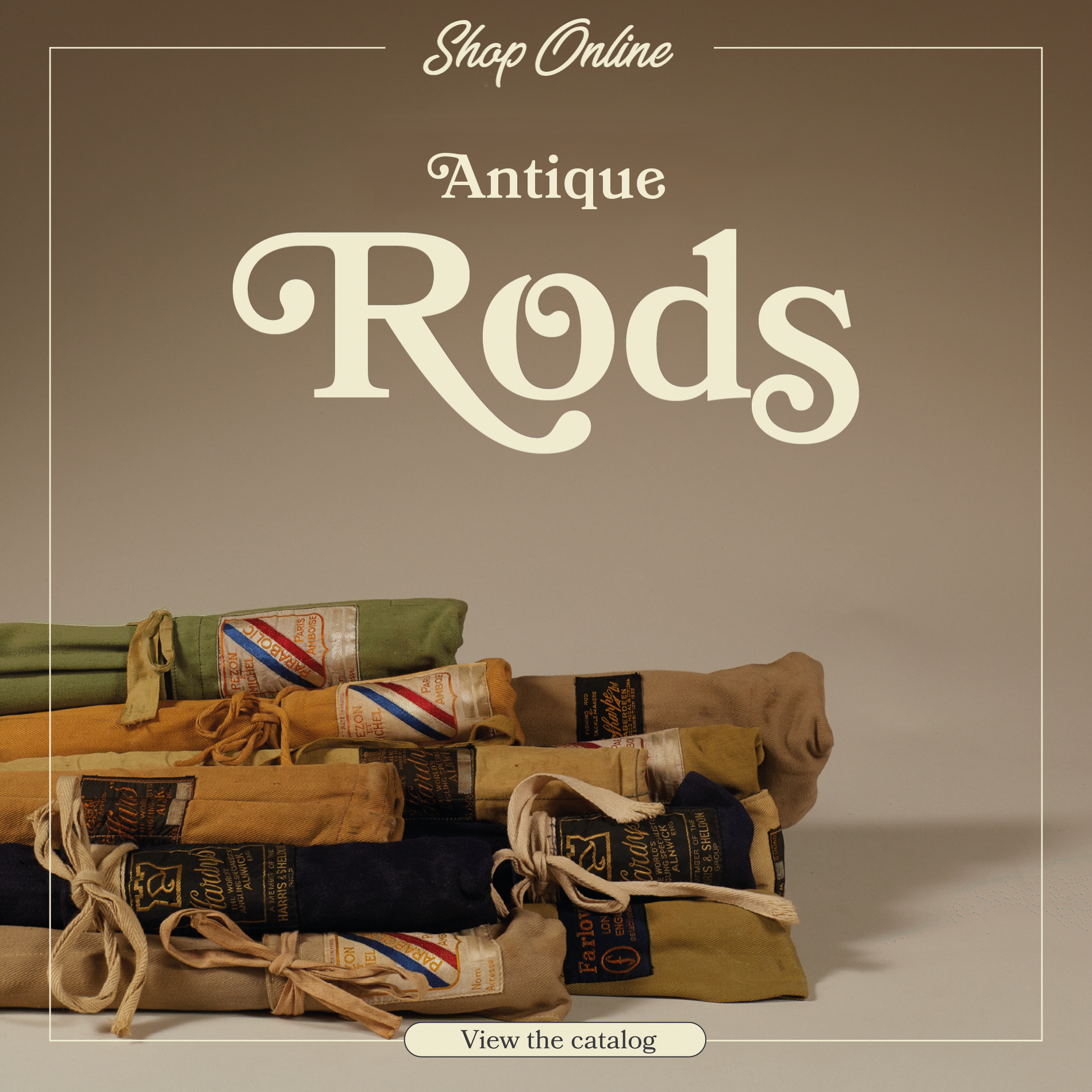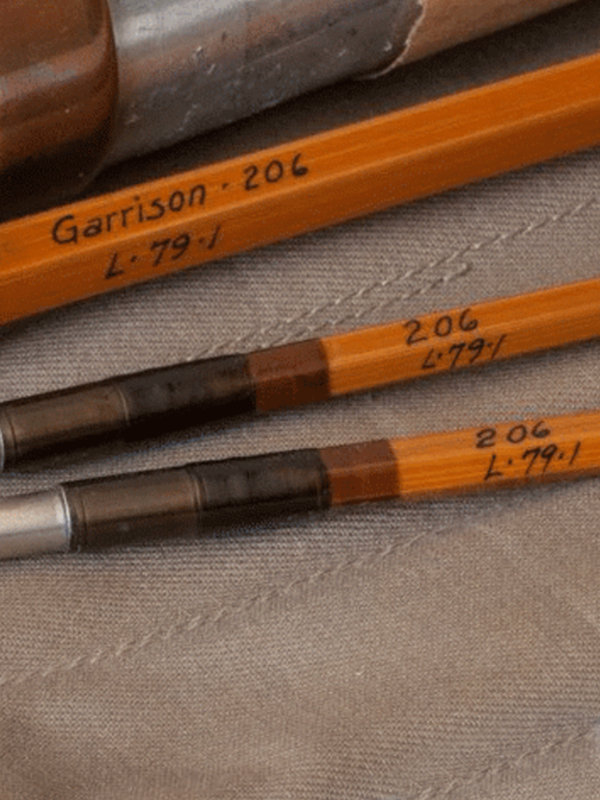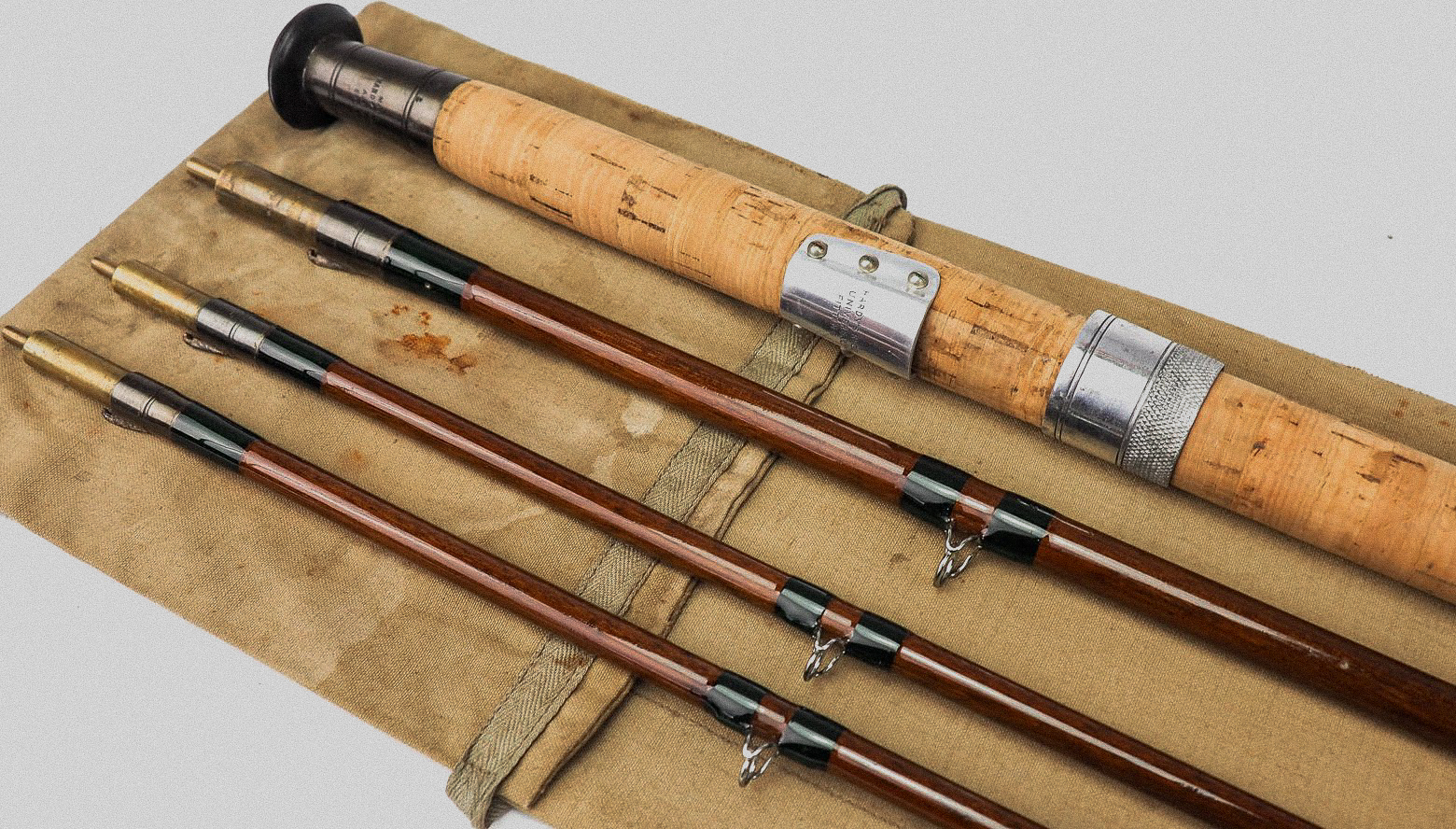
Greenheart rods
Greenheart rods

Greenheart, literally “green heart”, is a tree from the Amazonian or Guyanese forest, remarkably resistant and flexible, it is sometimes called in French “bois de lance” because the natives used it to make spears or arrow shafts …

In the great Guyanese forest, Chlorocardium rodiei (Greenheart), are still very abundant.
The English, from the first half of the 19th century, started to use greenheart for its better flexibility, replacing the Hickory (North American tree used until then to make the first casting rods but also fly rods). The disadvantage of these two woods is that they are heavy compared to bamboo, and very soon, at the end of the 19th century, the invention of split bamboo made them obsolete. Nevertheless, for a good quarter of a century (1860-1885), English and American manufacturers made very good greenheart rods, including for salmon in lengths of 16 to 20 feet. These long rods weighed two to three kilos, but at the time it was not necessary to cast for very long before a salmon (often of good size) took hold of the fly.
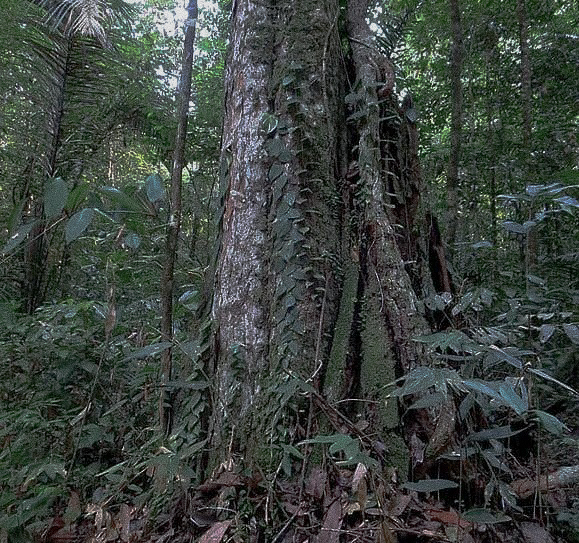
The greenheart (spearwood in Guyana) is a tree with very dense and resistant wood from the equatorial forests of South America.
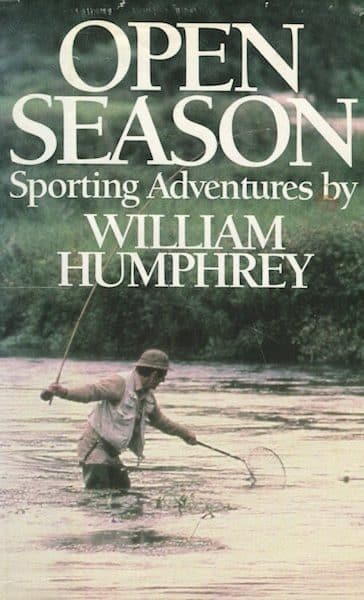
William Humphrey was one of the great American novelists of the 20th century. A friend of Charles Ritz, he was an avid fly fisherman who loved the chalk streams of southern England.
Since 1975 and the purchase of my first greenheart rod, which I still have, I still sometimes cast or fish with it for fun. The first time was in June 1975, I remember it very well. We had been invited with the famous American writer William Humphrey (whose works have all been translated and published by Gallimard), by the great US sports magazine “Sports Illustrated” (a weekly magazine with a circulation of millions of copies), so that Bill Humphrey could tell the readers of the magazine about salmon fishing in Scotland, considered as a sport.
Two or three times a year, the American weekly magazine “Sports Illustrated”, publishes an article on fishing or hunting by a great writer. I had met William Humphrey in Paris the year before, when the same magazine had offered him a ten-day stay at the Hotel Ritz to interview the owner, Charles Ritz, about his revolutionary HS-HL (High Speed High Line) fly casting method, which his book “A fly fisher’s life” had made popular in the United States.
Mr. Ritz, who was already very old, had asked me to accompany him and his guests to the Bois de Boulogne Pigeon Shooting Club to demonstrate his method of fly casting with one or two hands….
Two or three times a year “Sports Illustrated” publishes an article on fishing by a great writer.

The most famous American weekly sports magazine, Sport Illustrated, is a true institution that regularly devotes articles to fishing and hunting.
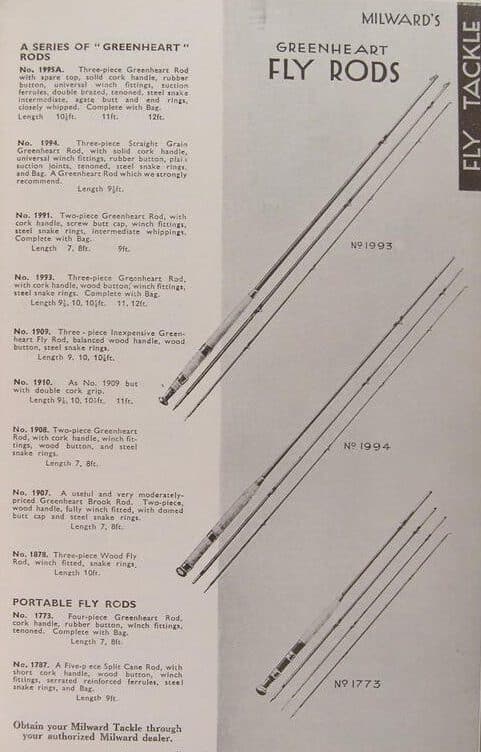
Milward's, like most English fly rod manufacturers before 1860, had a whole range of greenheart rods in their catalogs.
I had met William Humphrey in Paris the year before, when the same magazine had offered him a ten-day stay at the Hotel Ritz to interview the owner, Charles Ritz, about his revolutionary HS-HL (High Speed High Line) fly casting method, which his book “A fly fisher’s life” had made popular in the United States. Mr. Ritz, who was already very old, had asked me to accompany him and his guests to the Bois de Boulogne Pigeon Shooting Club to demonstrate his method of fly casting with one or two hands….
William Humphrey, I remember, who had learned to cast according to the British precepts of Frederic Halford, elbow glued to the body and casting with the wrist, as still taught in the 50’s/60’s in the United States, had been quickly conquered by the revolutionary technique of Charles Ritz, which completely freed the arm and allowed, by putting into action the whole forearm, immediate gains in learning and distance.
In spite of our age difference, we quickly became friends and I told Bill about my salmon fishing trips in France and especially in Scotland, where I had been fishing the public beats every year since 1969. Six months later, Bill had sold the project to “Sports Illustrated”, which invited us both, all expenses paid, on the best private beats of the Highland rivers.
Unfortunately, it was already the beginning of June and all the good beats, especially on the Spey, were already rented…
We settled for a week on the Tweed, which was not very good in June, a week on the Tay, which was especially good in March-April and then in the fall, and a week on the Dee, which gave us the opportunity to visit Balmoral, since the river was so low and empty of salmon.
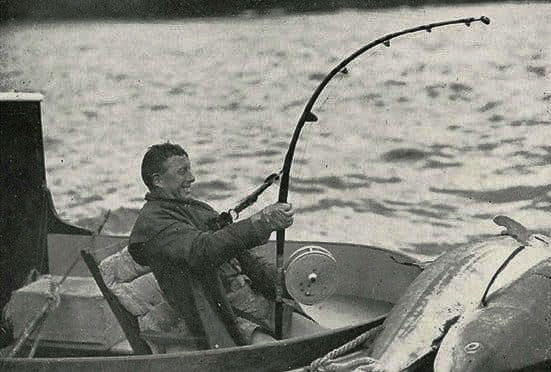
For big game fishing, split bamboo had enormous advantages over greenheart in terms of lightness and strength.
To come back to the greenheart and the “spring” of the fly rods, while in mid-June 1975, we were fishing the splendid beat of “Lower Floors” on the Tweed, in the park of the castle of Roxburgh (where the film “Greystoke” was partly shot, you know with Christophe Lambert in the role of Tarzan…. ), in front of the very low waters, and there again the few salmon in the river, we decided on Wednesday, with Bill and his wife, to take part of the day to visit Edinburgh.
Of course, after visiting the castle, we could not help but visit the beautiful hunting and fishing store on the corner of Prince’s Street.
Bill bought, I remember very well, a “gapette” of the most beautiful tweed, and as for me, I discovered behind the counter, a huge wicker basket in which a bundle of “second hand” rods was waiting for the customer… And for about fifteen “pounds sterling” if I remember correctly, I left with a superb 12 feet “spliced “* in greeenheart, with a copper reel-holder and an agate starting ring.
Unlike carbon fiber which reacts in a tenth of a second to the reactions of a hooked fish, the softness of the greenheart, absorbs all its headaches.
Back at the water’s edge around 4 pm I couldn’t help but set up my latest acquisition with electrician’s tape and of course try it with a floating DT9 line. I had never cast before with such a soft rod, but after a while of adaptation, by letting it work at its own pace, I discovered that in Spey-cast it cast correctly up to about 20 meters.
And of course what was supposed to happen, happened, as we had been combing this pool for two days without seeing a single bit of fin, the silk line became taut and a nice twelve pounder bent the greenheart all the way to the bottom of the handle. This fresh fish did not jump, never took more than a dozen meters of line, never shook its head spasmodically on the spot as its congeners caught on carbon too often do, and went on the side, in a very small quarter of an hour…
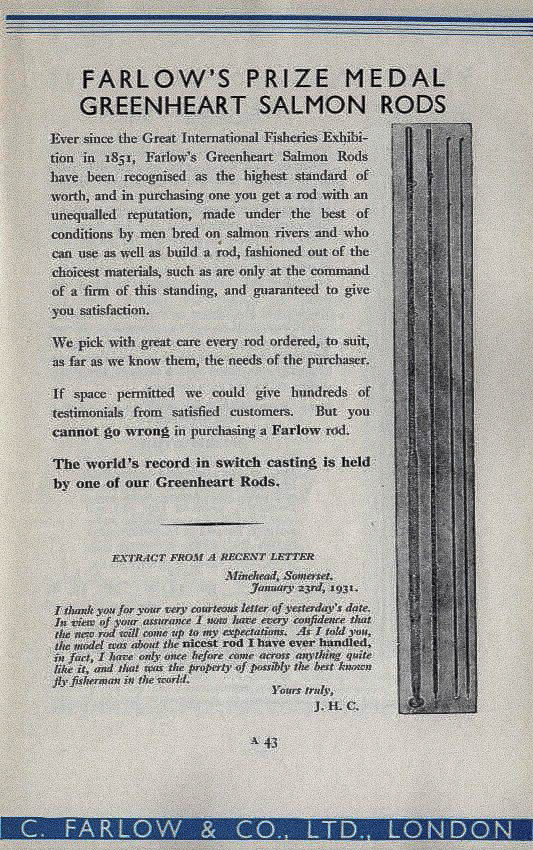
Farlow's, which was established long before Hardy's, made many trout and salmon fly rods from greenheart, while Hardy's went almost directly to split bamboo.
Unlike carbon, the softness of the greenheart, absorbs all its headshots.
I understood then that this poor salmon didn’t understand what was happening to him. Each time he made a movement in one direction, the rod absorbed all his traction and reacted in the other direction only with three or four seconds of delay. The fish had no reason to panic or even get upset about this discomfort, which it must have thought was momentary….
I caught afterwards, whether in Scotland or in Iceland, a good dozen other salmon with this small rod and almost all of them, without exception, fought nicely and I am convinced that they only understood too late, when they had exhausted themselves fighting against the flexibility, not to say the “softness”, of the greenheart, that they were kept on a leash.
With carbon rods, especially the ones I repeat called “tip action”, in the tenth of a second following a reaction of the fish, the rod responds with an opposite traction, which does not leave the slightest nervous respite to the fish and makes it struggle with the energy of despair, linking jumps, lateral movements of the head and starts in all directions, all maneuvers, which if it is not properly hooked in the corner of the jaws, have every chance to make it unhooked ….
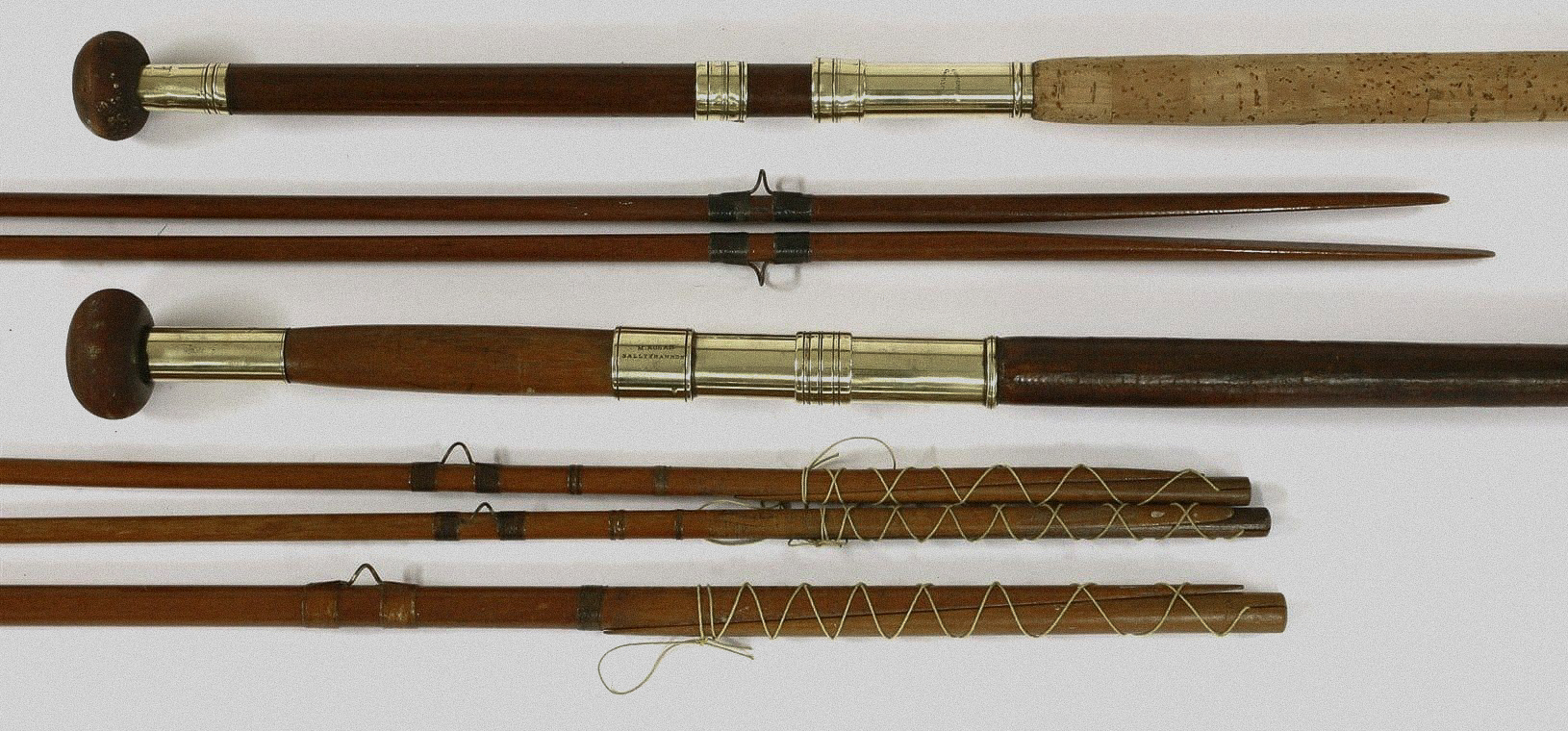
Just like later with the split bamboo, the first assemblies of the elements of fly rods, were carried out by joints in bevels joined by leather straps.
*Spliced: English term which means “split in bevel”.
Before the invention of metal ferrules at the beginning of the 19th century, the different parts (strands) of the fishing rods were cut into bevels at their ends and then secured by wet leather straps, which when they dried held the strands together firmly.
Nowadays, it is much simpler and easier to make these joints by wrapping the bevels with flexible tape called electrician’s tape.
In the United States, but also in France, manufacturers use this process for modern split bamboo fly rods. Advantage: a weight saving, since there is no more metal ferrule but especially a “continuous” action of the rod, which is not “broken” by a rigid ferrule.
Advantages of split bamboo over greenheart.
But why not fish with greenheart rods instead of split bamboo ? For at least three good reasons: it is not always practical to walk around with a “spliced” rod that you have carefully “taped” for the week and that you are reluctant to take apart.
Casting with these soft rods requires a certain adaptation and only a slow spey cast allows to exceed with a 12 feet rod, the fifteen meters.
Finally, the dark, almost black material of the greenheart is not very happy and far from the blond beauty of a split rod decorated with these “crimson” inter-ligatures which are there to remind us of the dozens of hours of labor which were necessary to their manufacture.
And then the models of Hardy, Farlow, Sharpe or even Pezon, without having the softness of the greenheart, hold the salmon very well and are all the same more pleasant to use.


